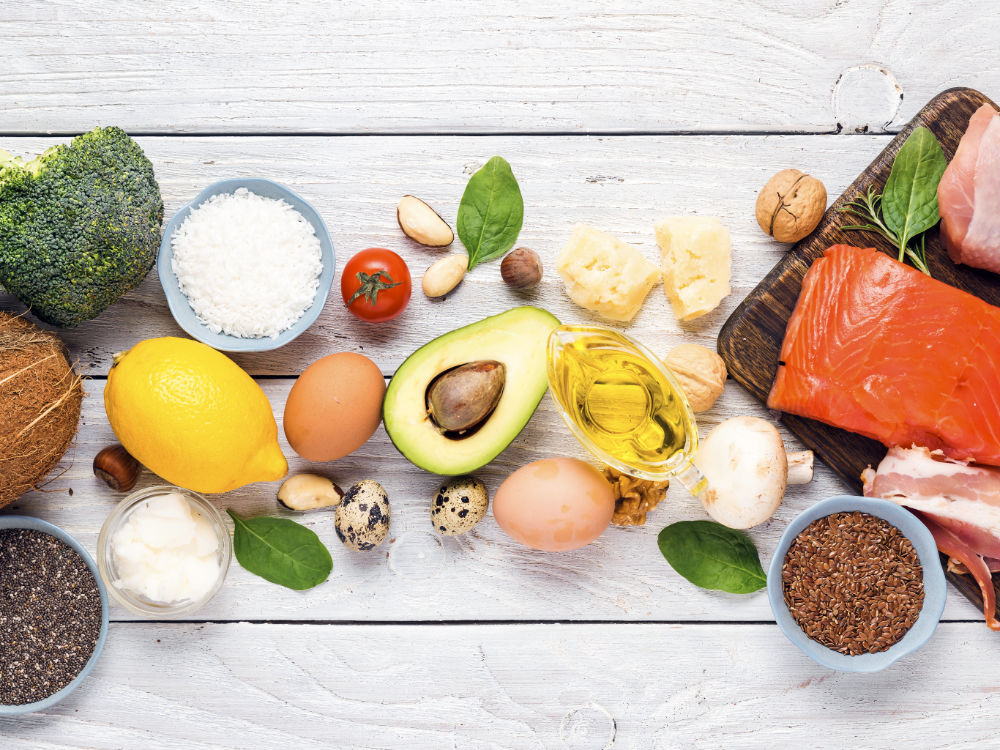
The Keto Diet: Benefits, Risks, and Foods to Eat
The ketogenic diet is increasingly popular online, praised by many and criticized by others. But what are its true benefits and contraindications? When can it be useful, and what foods can be consumed?
The keto diet appears to be the latest trend in wellness and weight loss, but as with any dietary regimen, it is essential to understand its functioning, its impact on your body, and how to integrate it into your lifestyle, ideally with the support of a nutrition specialist.
In simple terms, what is the ketogenic diet? It involves a different balance of macros—macronutrients that we consume daily: drastically reducing carbohydrate intake, moderately increasing protein intake, and primarily increasing fat intake, forcing the body to work differently by burning fats instead of sugar. Simply calling it a low-carb approach is somewhat reductive.
This process is called ketosis and, if properly managed, can lead to significant weight and fat loss.
The Process of Ketosis: How It Works and When It’s Useful
Historically, the ketogenic diet has been associated with certain medical conditions. Decades ago, correlations were discovered between this diet and the control of conditions like childhood epilepsy.
Another clinical condition managed through dietary ketosis is diabetes, as diabetic patients often struggle with sugar management. Tests have even been conducted on patients with mental disorders and severe degenerative conditions like Parkinson’s and Alzheimer’s, who in many cases have benefited from a ketogenic diet.
It is crucial to distinguish between physiological ketosis, voluntarily induced in a healthy individual under the supervision of a nutritionist for weight loss or therapeutic purposes, and diabetic ketoacidosis, a severe condition affecting diabetics, or ketosis developed by individuals with eating disorders in response to overly restrictive regimes.
Scientifically, ketosis occurs when the body lacks sufficient carbohydrates to use as fuel and starts deriving energy from fats. However, nerve cells cannot do this, triggering ketosis and the formation of ketone bodies—special molecules that the brain’s nerve cells can use.
The Three Phases of the Keto Diet
Typically, the keto diet involves a three-phase approach:
Activation phase (48-72 hours): Carbohydrate reduction induces ketosis.
Attack phase (minimum of 14 days): The body consumes fat mass as it is deprived of sugar.
Mitigation phase: A slow transition to a more traditional and balanced diet, focusing on glycemic indices and not over-consuming carbohydrates for effective maintenance.
Keto Diet Foods: What to Eat?
What can you eat on the keto diet? Few low-glycemic carbohydrates, moderate protein, and a substantial amount of healthy fats.
You’d be surprised how many hidden sugars are in even the most unlikely foods. For example, legumes, traditionally considered a significant source of vegetable protein, are also rich in carbohydrates and should be consumed sparingly.
Among vegetables, avoid potatoes and other tubers, fruits, and most vegetables except for low-sugar exceptions like zucchini, broccoli, cucumbers, blueberries, and raspberries.
For protein, opt for white meats, eggs, fish (preferably wild-caught), natural Greek yogurt and skyr without added sugars, cheese, mushrooms, and shellfish.
The best fats include avocado, coconut oil, nuts and seeds, olive oil, and clarified butter. No sweets or sweeteners, not even honey; only natural stevia is allowed.
There are many recipes for those on the keto diet, some so delicious that they do not make you miss traditional dishes, but it is undoubtedly a challenge to maintain this eating style for a long time without temptation. The brain tends to crave what is missing, physiologically desiring sugar.
Pros of the Ketogenic Diet
The main pros, even recognized by some celebrities who have adopted this dietary scheme, include the possibility of losing not only weight but also localized fat, burning excesses.
Another factor is chemical: ketosis helps stabilize mood, no longer influenced by glycemic fluctuations. Those who pass the first phase often feel energetic, motivated, and cheerful.
Hormones that stabilize mood also help promote an anorectic effect, a natural limitation of appetite, which aids weight loss.
Cons of the Ketogenic Diet
The main con is almost a truism: glucose is essential for the survival of any healthy organism. Cutting carbohydrates entirely for a long time can lead to severe psycho-physical consequences.
Another significant consideration is that ketosis is inherently toxic to the human body, an anomaly. Ketone bodies, as waste, are eliminated through the kidneys and liver, which must work hard to dispose of them.
This increases the risk of dehydration and not meeting micronutrient needs, especially calcium, vitamins, and fiber.
These negative effects are exacerbated by the fact that those seeking rapid weight loss through the ketogenic diet usually combine it with physical activity. Exercise increases the body’s need for glucose, exacerbating the mechanisms and critical issues described.
We recommend, as with any health-related decision, consulting a professional before drastically changing your eating behavior, especially if you have specific conditions and pre-existing pathologies.
Recommended products
-
Quick shop for Coconut Oil


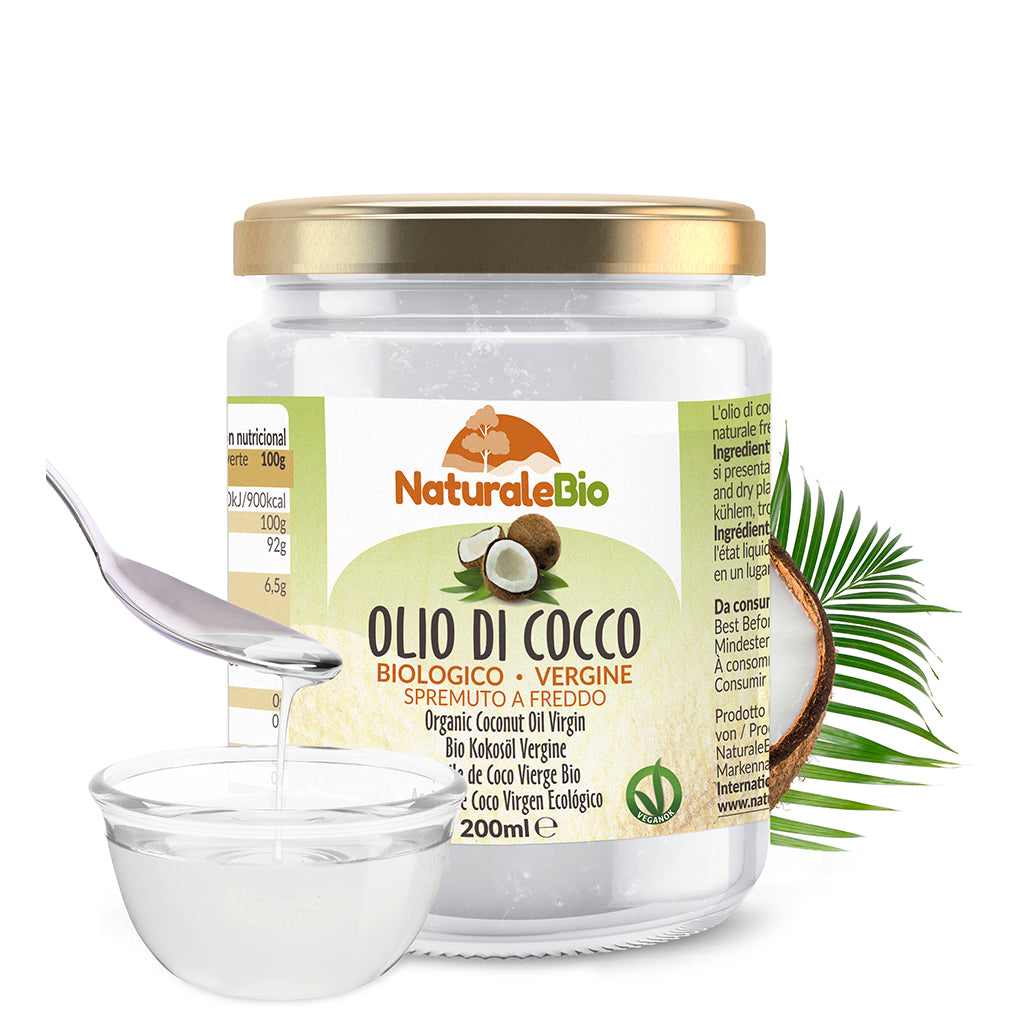
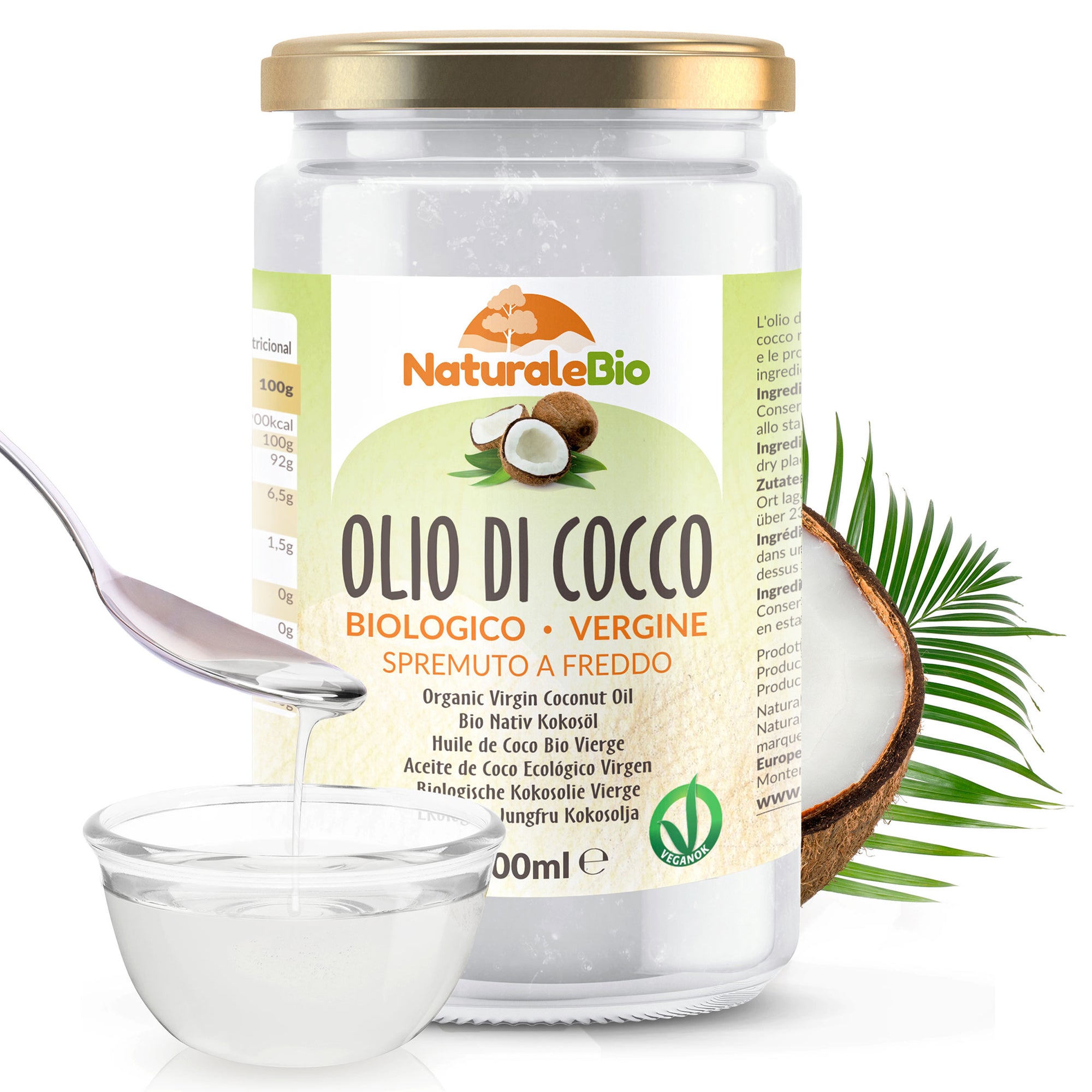
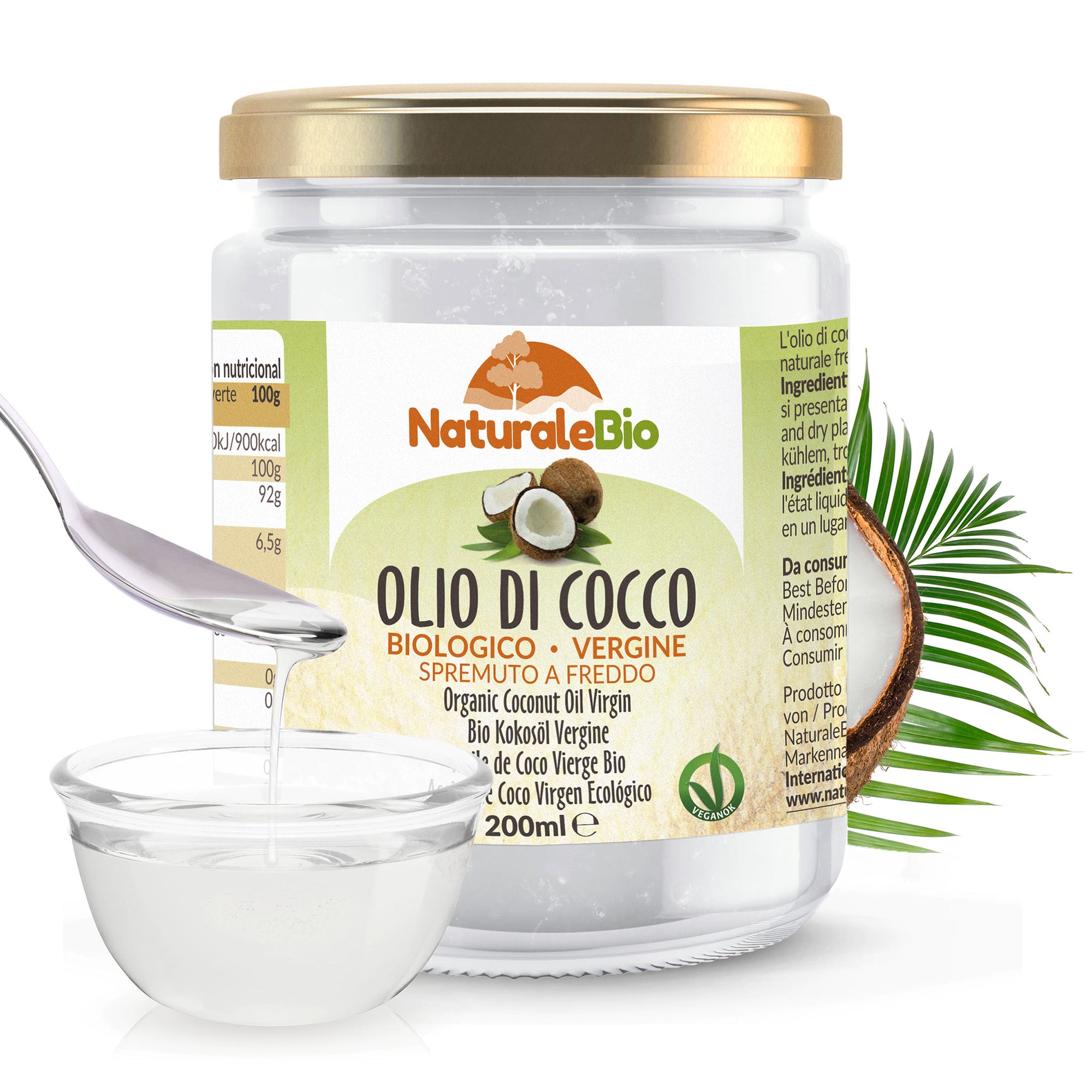
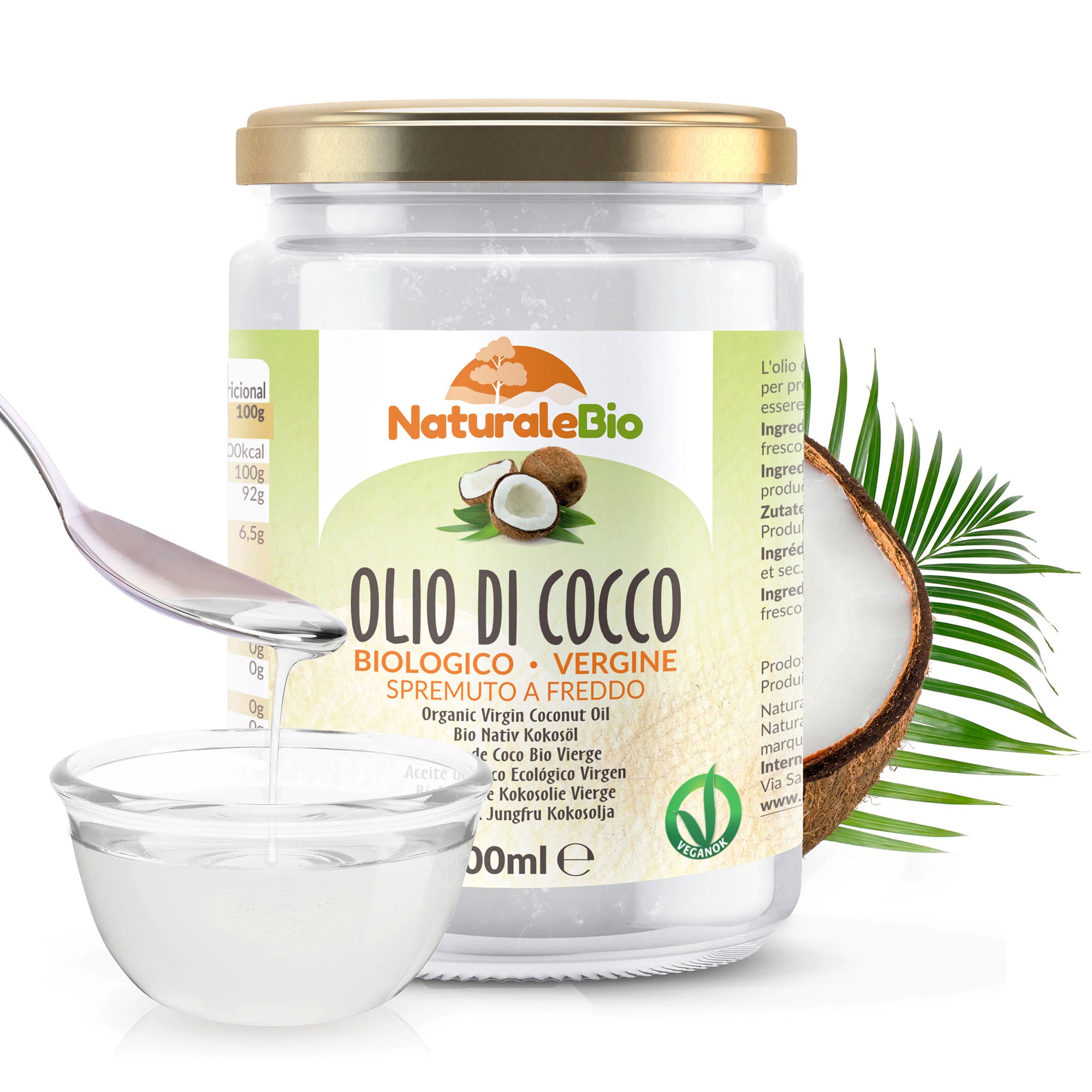
0 comments